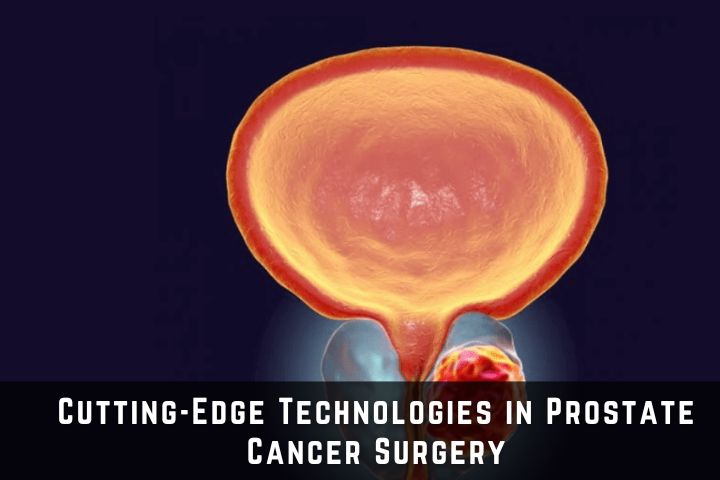Cutting-Edge Technologies in Prostate Cancer Surgery
Prostate cancer is one of the most common cancers affecting men worldwide, and early diagnosis combined with advanced surgical interventions has significantly improved treatment outcomes. With continuous advancements in medical technology, prostate cancer surgery has become more precise, less invasive, and associated with faster recovery and fewer complications. Cutting-edge surgical techniques not only improve patient survival rates but also enhance quality of life by preserving urinary and sexual functions.
Minimally Invasive Surgery: The Rise of Laparoscopy and Robotic-Assisted Techniques
Traditional open prostatectomy required large incisions, which often led to longer hospital stays, significant blood loss, and extended recovery periods. Today, minimally invasive surgery has revolutionized prostate cancer treatment. Laparoscopic surgery allows surgeons to operate through small incisions using specialized instruments and cameras, providing a clearer view of the prostate and surrounding tissues.
Robotic-assisted surgery, particularly with systems like the Da Vinci robot, has taken this a step further. Surgeons can perform highly precise movements using robotic arms controlled from a console. This technology offers enhanced visualization, greater dexterity, and improved accuracy, allowing for precise removal of cancerous tissue while minimizing damage to nerves and surrounding organs. Patients benefit from reduced postoperative pain, shorter hospital stays, and faster return to normal activities.
Advanced Imaging and Navigation for Precise Surgery
Accurate imaging is critical in prostate cancer surgery to ensure complete removal of cancerous tissues while preserving healthy structures. Modern techniques like multiparametric MRI (mpMRI) and 3D imaging provide detailed views of the prostate, helping surgeons identify tumor locations, size, and spread. These imaging technologies guide surgical planning and allow for more targeted interventions.
In addition, real-time imaging and navigation systems can assist surgeons during the operation, enhancing precision and reducing the risk of complications. For instance, intraoperative ultrasound can provide live feedback, ensuring accurate excision of affected tissue. By integrating advanced imaging into surgical procedures, surgeons can achieve better oncological outcomes while maintaining essential functions, improving both survival and quality of life.
Post-Surgical Recovery and Enhanced Patient Care
Cutting-edge technologies not only improve surgical accuracy but also enhance patient recovery. Techniques such as nerve-sparing surgery, aided by robotic systems, help preserve urinary continence and sexual function, which are critical concerns for patients. Additionally, minimally invasive approaches reduce scarring, pain, and hospital stays, allowing patients to resume daily activities more quickly.
Postoperative care has also evolved with technology. Digital monitoring systems track vital signs, recovery progress, and potential complications, enabling healthcare providers to intervene promptly if needed. Personalized rehabilitation programs, including pelvic floor exercises and physiotherapy, further support recovery and long-term well-being.
The integration of technology in prostate cancer surgery represents a significant leap forward, making procedures safer, more efficient, and patient-centric. By combining advanced imaging, robotic precision, and improved post-surgical care, modern prostate cancer treatment offers hope and improved outcomes for patients worldwide.
Conclusion
The future of prostate cancer surgery is defined by precision, safety, and patient comfort. Cutting-edge technologies, from robotic-assisted procedures to advanced imaging and post-surgical monitoring, have transformed the way surgeons approach treatment, leading to better survival rates and enhanced quality of life.
Dr AV Cancer Institute provides the best services regarding this, offering state-of-the-art facilities, expert surgical teams, and personalized patient care to ensure that every individual receives the highest standard of prostate cancer treatment.

